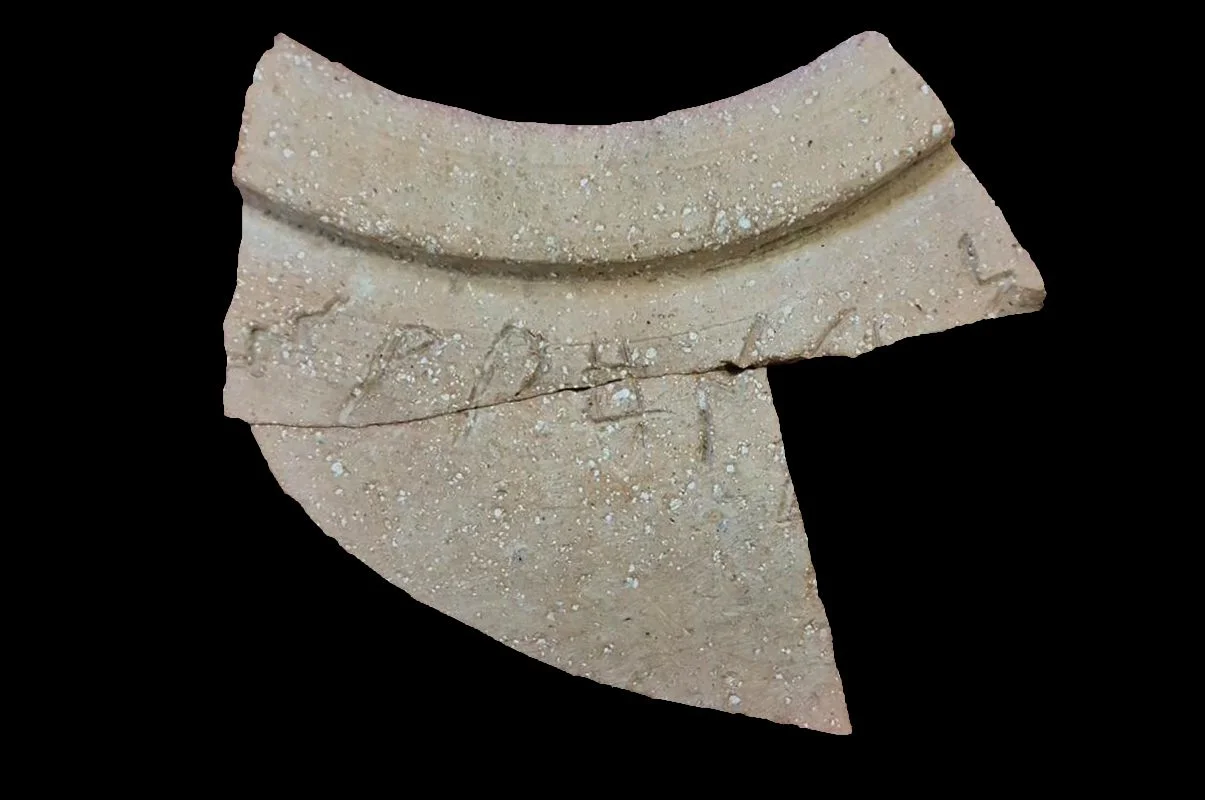Archaeologists from the Institute of Archaeology of the Hebrew University of Jerusalem have deciphered a Sabaean inscription on a clay jar, pointing to a connection between Israel under the Reign of King Solomon and the Kingdom of Sheba.
According to the Hebrew Bible and the Old Testament, Solomon, also called Jedidiah, was the penultimate ruler of an amalgamated Israel and Judah sometime around 970 to 931 BC. The Bible says that Solomon dedicated the First Temple in Jerusalem to Yahweh, or God in Judaism, and is depicted as a wealthy, wise, and powerful figure, as well as one of the 48 Jewish prophets.
In 2012, archaeologists conducting excavations in the Ophel area south of the Temple Mount, uncovered a large jar inscribed with text written in Canaanite script, from which the ancient Hebrew script used during the time of the First Temple derives.
Only seven letters from the inscription survive, which according to a new study published in the Hebrew University’s Jerusalem Journal of Archaeology, is actually “Ancient South Arabian,” the script that was used in the south-west part of the Arabian Peninsula (the Yemen region of today), where the Kingdom of Sheba was the dominant kingdom at the time.
The Kingdom of Sheba was the home of the biblical “Queen of Sheba”, a figure first mentioned in the Hebrew Bible. In the original story, she brings a caravan of valuable gifts for Solomon, however, her existence is disputed by academics. Modern historians identify Sheba with the South Arabian kingdom of Saba in present-day Yemen and Ethiopia, while competing theories places the kingdom in South Arabia or the Horn of Africa.
According to the study, the inscription on the jar reads: , “[ ]shy l’dn 5,” means five “ šǝḥēlet,” referring to one of the four ingredients mentioned in the Bible (Exodus 30:34) required for the incense mixture. The “šǝḥēlet” was an essential ingredient in the incense that was burnt in the First and Second Temples and was called “tziporen” in Rabbinic literature.
The researchers suggest that this indicates a connection between Jerusalem of the 10th century BC (during the reign of Solomon) and the Kingdom of Sheba. The jar was manufactured in or near Jerusalem, and the inscription suggests a speaker of Sabaean who was involved in supplying the incense spices.
Dr. Vainstub, from the Hebrew University of Jerusalem, said: “Deciphering the inscription on the jar teaches us not only about the presence of a speaker of Sabaean in Israel during the time of King Solomon, but also about the system of geopolitical relations in our region at the time – especially in light of the place where the jar was discovered, an area known for also being the administrative centre during the days of King Solomon. This is another testament to the extensive trade and cultural ties that existed between Israel under King Solomon and the Kingdom of Sheba.”
Hebrew University of Jerusalem
Header Image Credit : Shani Jaffe





